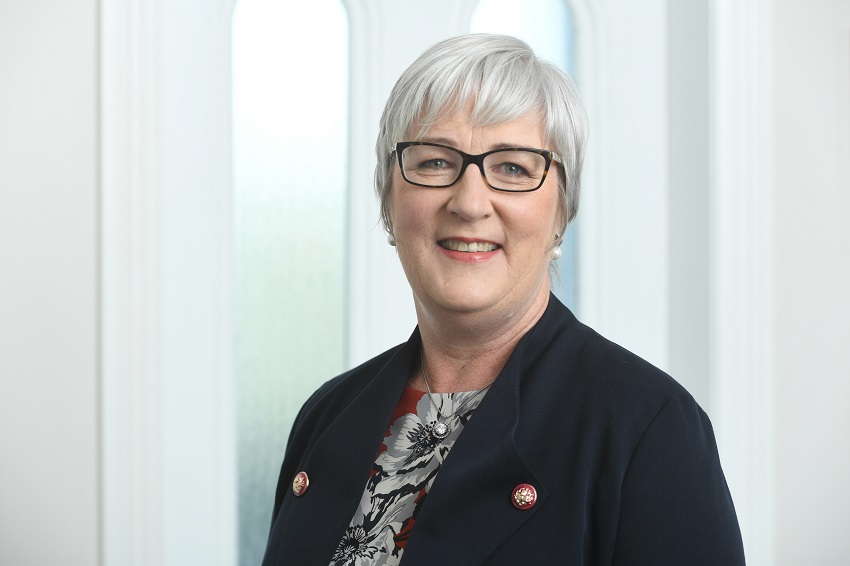Older and wiser – but worth the price?
Professor Kate Kearins
21 Jan 2020
Has the trend toward juniorisation of the workplace returned?
In the name of being model employees, many of us have moved out of our traditional 9am to 5pm comfort zones to embrace the new normal: workplaces that are fast-paced and flexible, digitised and diverse, innovative and inclusive. Most of the time it’s an exciting space in which to work.
But in the midst of such transformation, there’s one area that does not often get talked about. How to manage employees who are older, wiser and more expensive than their younger colleagues?
A few years ago, the global financial sector’s feathers were ruffled by the trend towards “juniorisation”, the process in which older and more experienced staff are pushed out of a workforce in favour of younger and less expensive employees.
In the name of cost-cutting (ironically, in the face of increased salaries for many managing directors), senior staff with commensurate incomes were being replaced by cheaper juniors who could, it was thought, use technology to compensate for (or cover up) their lack of experience.
While the short-term benefits of cost-savings and arguably more tech-savvy staff might have been boosted by juniorisation, the risks also became clear.
Companies often lost their institutional knowledge, long-game perspective and key relationship managers. The practice seemed to wane as organisations realised that short-term gain often led to long-term pain.
Of late, however, I’ve become aware that juniorisation is back in the spotlight.
The term has come up in business conversations I’ve had on both sides of the Tasman and across the hemispheres.
I acknowledge that it may be possible to replace an experienced and expensive senior employee with two (or more) less qualified staff. But for that shift to be successful, it must be guided by a nuanced, EQ-rich, people-focused leader who is inherently experienced, skilled and – dare I say it–mature.
Going beyond what’s legally required, it can be useful to have policies to protect and promote age diversity.
Many sectors host organisations with aging workforces – and tertiary education, where I work, is one of them.
Many academics dedicate their careers to sharing their knowledge and expertise through their research and teaching. And often the knowledge exchange can be two-way with young, future leaders offering different perspectives and aptitudes.
The demands of delivering innovative, inspiring and research-rich programmes and outputs are too-often overlooked. While not as physically taxing as some other, more manual, roles academia requires sustained intellectual focus, commitment and discipline.
I am privileged to work with colleagues young and older, innovative and more traditional in their approaches to teaching, learning and research.
I welcome and advocate for the increasingly global commitment to ensuring workplaces are safe and inclusive.
If the trend toward juniorisation has, indeed, returned to centre stage, I urge businesses to consider the value of a truly diverse workplace – comprising and celebrating a plurality of people, opinions, abilities and ages.
This article was first published in New Zealand Management magazine.
